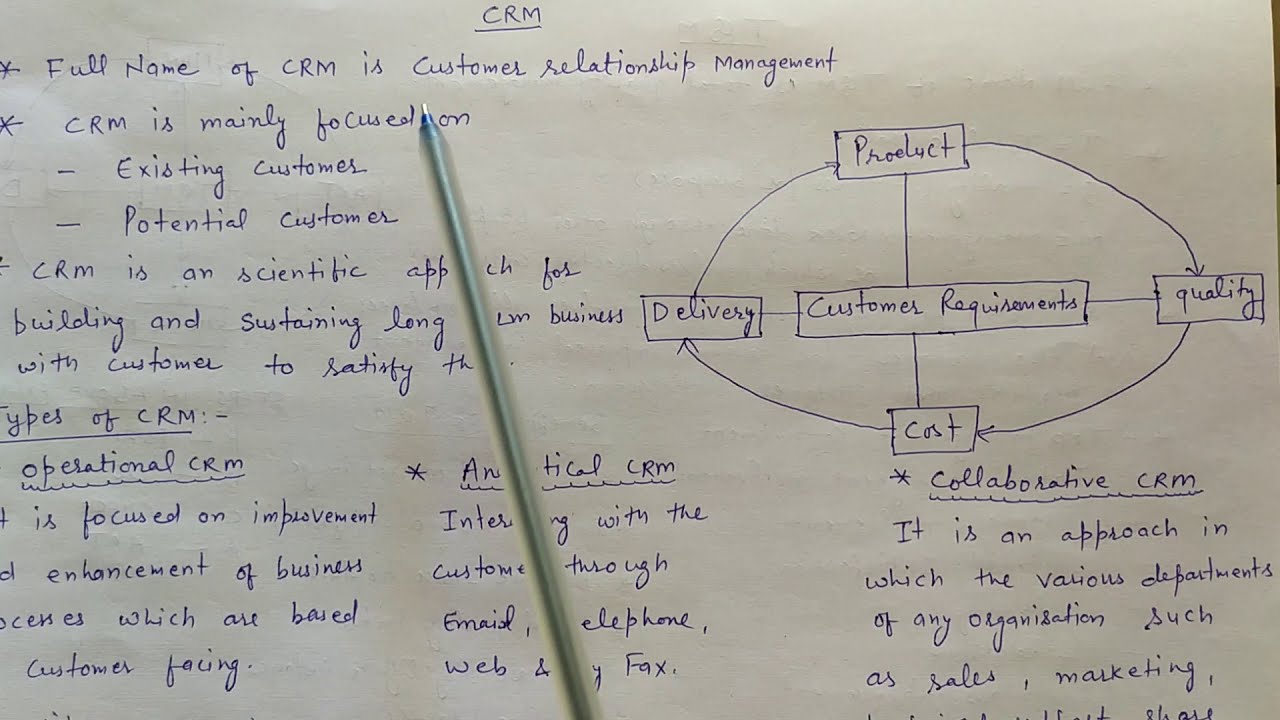
As the business world becomes increasingly competitive, maintaining customer relations is more important than ever. CRM, or customer relationship management, is a system that helps businesses manage interactions with their customers and potential clients. In this article, we will explore what CRM is, how it works, its pros and cons, alternative methods, step-by-step guides, tips, and best practices to implement effective CRM.

CRM refers to the practices, strategies, and technologies that companies use to manage and analyze customer interactions and data throughout the customer lifecycle. The goal of CRM is to improve business relationships with customers, helping companies to retain current customers, attract new ones, and ultimately drive sales growth.

CRM software typically collects customer information from various channels, such as email, phone calls, social media, website visits, and live chat, among others. The software then organizes this data into a centralized database, allowing businesses to track their customers’ interactions across different channels.
The software can also be used to automate certain tasks, such as sending personalized marketing emails, scheduling follow-up calls, and generating sales reports. By analyzing customer data, businesses can gain insights into customer behavior; for example, which products or services are most popular, what customers are saying about the company on social media, and which customers are likely to churn or cancel their subscriptions.


While CRM is an effective tool for managing customer relationships, it may not be the best option for every business. There are several alternatives to CRM that businesses can consider, including:
These alternatives may be more suitable for businesses with smaller budgets or those with specific needs.
Before implementing a CRM system, it’s essential to identify your business goals and objectives. Determine what you want to achieve with CRM, such as increasing sales or improving customer retention, and plan accordingly.
Selecting the right CRM software is crucial for success. Research different options, compare features and pricing, and choose a system that aligns with your business goals and objectives.
Gather customer data from various channels and consolidate it into a centralized database. Ensure that the data is accurate, up-to-date, and easily accessible.
Provide comprehensive training to your team members to ensure they understand how to use the CRM system effectively. Encourage feedback and address any issues that arise during the training process.
Customize the CRM system to fit your business needs. This includes configuring workflows, creating custom forms and fields, and setting up automated tasks.
Regularly monitor and analyze customer data to gain insights into customer behavior and trends. Use this information to make informed decisions and improve your business processes.
CRM can be beneficial for businesses of all sizes and industries, particularly those that rely heavily on customer interactions, sales, and marketing.
Hiring a CRM consultant can help businesses ensure that their CRM system is implemented effectively and optimized to meet their specific needs. However, it may not be necessary for all businesses.
The cost of CRM software varies depending on the vendor, features, and number of users. Some vendors offer free or low-cost plans with limited features, while others may charge thousands of dollars per month for enterprise-level plans.
Yes, most CRM software can integrate with other business tools, such as marketing automation software, help desk software, and accounting software. Integration allows businesses to streamline their processes and increase efficiency.
No, businesses of all sizes can benefit from CRM. There are many affordable CRM solutions available that are tailored to small and medium-sized businesses.
In conclusion, CRM is a valuable tool for managing customer relationships and driving sales growth. By collecting and analyzing customer data, businesses can gain insights into customer behavior and preferences, improve communication and collaboration among team members, and ultimately boost customer satisfaction and retention. While there are some drawbacks to using CRM, such as the initial investment and implementation time, the benefits often outweigh the costs. By following the step-by-step guide, tips, and best practices outlined in this article, businesses can implement effective CRM strategies and stay ahead of the competition.